Dog
What do I do if my dog is stolen?
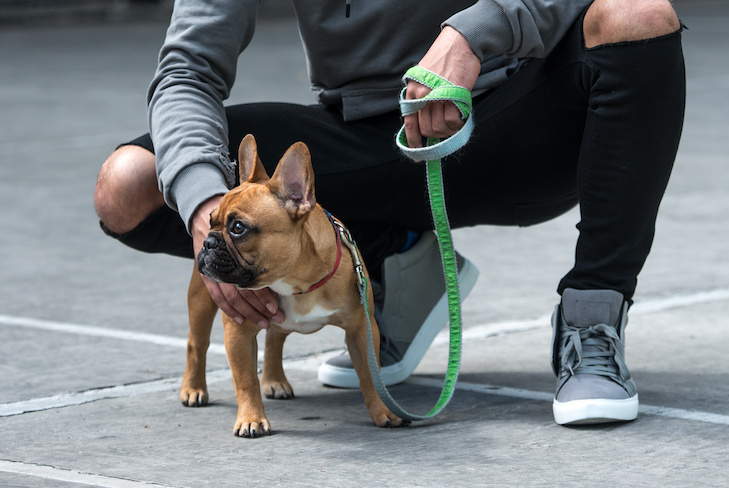
When a dog is stolen, a complicated process begins for the owner who tries to get it back as soon as possible . Keep in mind that, in most of these cases, the objective is the illegal breeding and sale of animals or other illicit motives, and that the result of the search is not always positive.
However, it is essential to remain calm at all times. First of all, it is necessary to be one hundred percent sure that the pet has not escaped or been lost, but has been the victim of an illegitimate abduction. In this last case, you should think about who the possible culprits may be, since their identification will be of great help in the following steps that must be taken.
Steps to recover when my dog is stolen?
- The first step when a dog is stolen is to immediately notify the Local Police, the town council of the municipality of residence, the Nature Protection Service of the Civil Guard (SEPRONA) and the Spanish Network for the Identification of Companion Animals. (REIAC).
- If the identity of the authors of the abduction is known, it is essential to file a complaint in the corresponding Investigating Court. In this type of lawsuit, the data of the plaintiff and the defendant must be identified and the evidence that proves the crime must be specified. In addition, it is necessary to justify that a previous act of conciliation has been attempted, pay the deposit that is determined and have a mandatory lawyer and solicitor.
- In the event of not having the information of the criminals, it is equally necessary to report the theft of the pet at a police station. This document must specify the name of the animal, the microchip number, personal data and all the circumstances in which the loss of the pet occurred.
- On the other hand, it is advisable to place posters with the photo of the stolen dog and the contact information in the nearby points where it was for the last time. Social networks can also be used to amplify the impact of this action.
- Another recommendation is to visit the veterinary centers in the area to report that the dog has been stolen. Through the microchip number, if the lost animal is found, the owner can be contacted quickly.
- It is just as important to call or visit the protectors of the municipality to rule out the option that the pet is there.
The process of finding a stolen dog can take a long time and be quite distressing. However, it is important not to give up or abandon the search because in many cases the animals usually appear after months or years.
How to avoid the theft of a dog?
One of the main tips to prevent pet theft is to never leave the animal alone on the street. On many occasions, dogs can be seen tied to the doors of bars or establishments without noticing that this act leaves them totally defenseless against possible criminals. In the same way, when the animal goes out for a walk, it should be watched at all times, since any mistake can lead to its loss.
Finally, by having pet insurance you can access coverage for damage to the animal in the event of theft or loss, as well as an accident. In addition to covering the costs of necessary veterinary assistance, reimbursement of the cost of inserting advertisements in the press or on the radio is also included.
In this type of lawsuit, the data of the plaintiff and the defendant must be identified and the evidence that proves the crime must be specified. In addition, it is necessary to justify that a previous act of conciliation has been attempted, pay the deposit that is determined and have a mandatory lawyer and solicitor.
Dog
Wheelchairs for Dogs Enhancing Mobility and Quality of Life
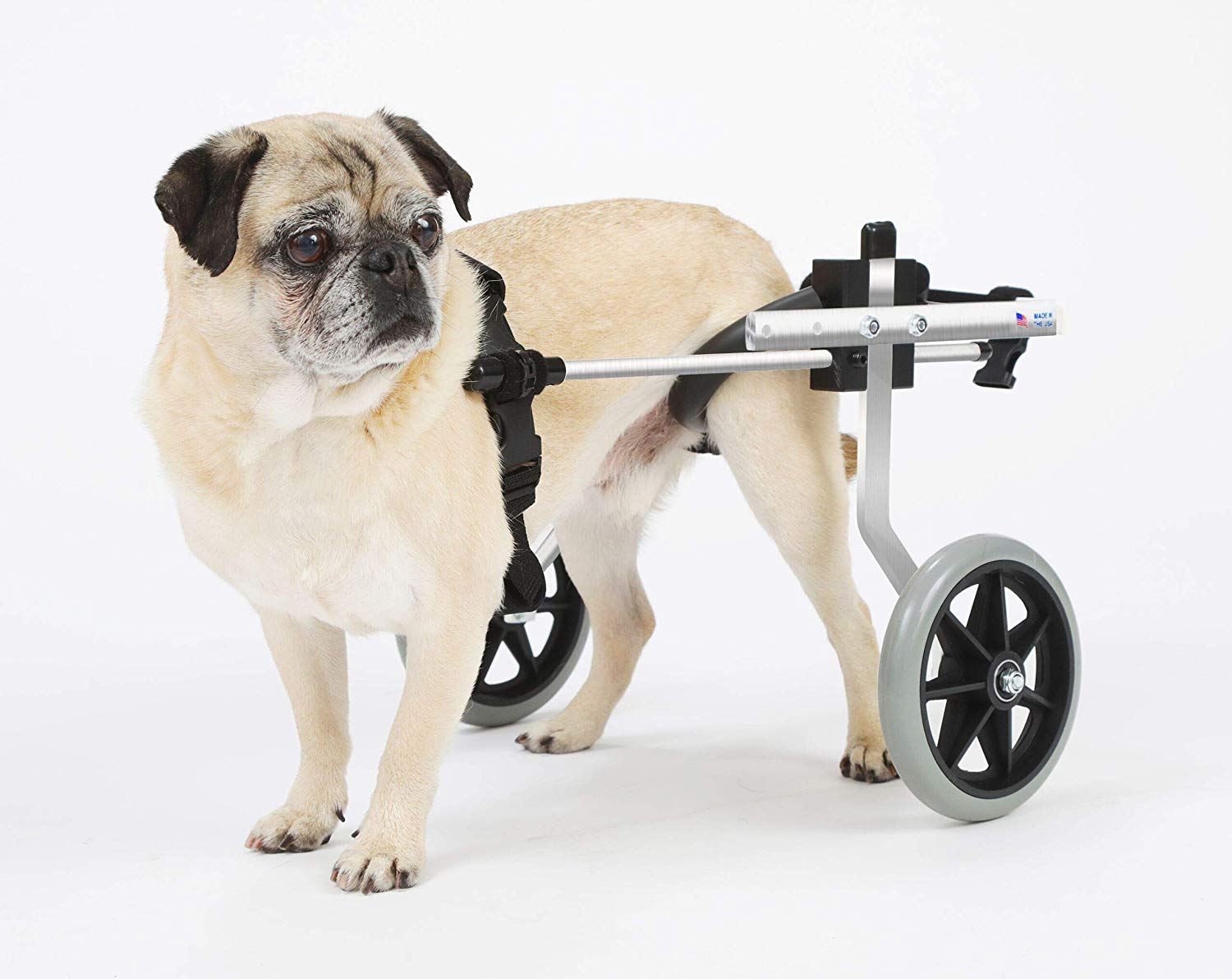
For many pet owners, dogs are more than just animals they’re cherished companions who bring immense joy and companionship. Unfortunately, some dogs experience mobility challenges due to injuries, illnesses, or congenital conditions that affect their ability to walk or run. Fortunately, technological advancements and innovative solutions have paved the way for the creation of specialized wheelchairs designed specifically for dogs. These devices play a crucial role in improving the mobility and overall quality of life for these beloved pets.
Understanding the Need for Dog Wheelchairs
Dogs can encounter mobility issues due to various reasons, including spinal injuries, degenerative diseases, neurological disorders, and limb amputations. Such conditions can severely limit a dog’s movement and impact their independence. Wheelchairs for dogs provide essential support by assisting in weight-bearing, enabling them to move freely, exercise, and engage in regular activities without excessive strain or discomfort.
Design and Functionality of Dog Wheelchairs
Dog wheelchairs are custom-built devices tailored to fit the unique anatomy and size of different dog breed. These wheelchairs typically consist of a frame, wheels, straps or harnesses, and padding for comfort. The design varies based on the dog’s needs rear support for hind limb weakness, front support for forelimb disabilities, or full-body support for dogs with more complex conditions.
Most wheelchairs are adjustable, allowing for modifications as the dog’s condition progresses or changes. They’re lightweight and crafted from durable materials to ensure ease of movement and durability. Some models even come with accessories such as all-terrain wheels for outdoor adventures or additional support for stability.
Benefits of Using Wheelchairs for Dogs
The advantages of dog wheelchairs are manifold. Primarily, these devices restore mobility and independence, enabling dogs to move around freely, exercise, and participate in activities they previously enjoyed. Enhanced mobility helps prevent muscle atrophy, maintains joint flexibility, and contributes to better overall health.
Additionally, wheelchairs can improve a dog’s mental well-being by reducing frustration and anxiety associated with limited movement. It fosters a sense of normalcy and allows them to remain an active part of their family’s life. Moreover, dog wheelchairs can alleviate the burden on pet owners, making it easier to care for their disabled pets and reducing the risk of caretaker burnout.
Adoption and Adaptation to Dog Wheelchairs
Introducing a dog to a wheelchair requires patience and positive reinforcement. Initially, some dogs may be hesitant or uncomfortable with the device. Training and gradual introduction play a crucial role in helping them adapt. Encouraging them with treats, short sessions, and gentle guidance can help dogs become accustomed to the wheelchair.
It’s essential to monitor the dog’s comfort and make necessary adjustments to ensure the wheelchair fits properly without causing any discomfort or chafing. Regular checks and proper maintenance are vital to ensure the wheelchair remains functional and comfortable for the dog.
Impact on the Pet-Owner Relationship
The use of wheelchairs can deepen the bond between pets and their owners. Owners often witness their dog’s determination and resilience, strengthening their emotional connection. Furthermore, the satisfaction derived from witnessing their pet’s improved quality of life reinforces the sense of companionship and care.
Conclusion
Wheelchairs for dogs are invaluable tools that significantly improve the lives of disabled or mobility-impaired pets. These devices not only restore freedom of movement but also contribute to the overall well-being and happiness of the dog. The advancements in veterinary medicine and technology continue to drive innovation in creating more tailored and effective solutions, providing hope and support for dogs and their loving owners.
Through these wheelchairs, dogs can continue to enjoy a fulfilling life, filled with love, play, and companionship, reaffirming the timeless bond between humans and their furry companions.
Dog
Understanding Dog Constipation
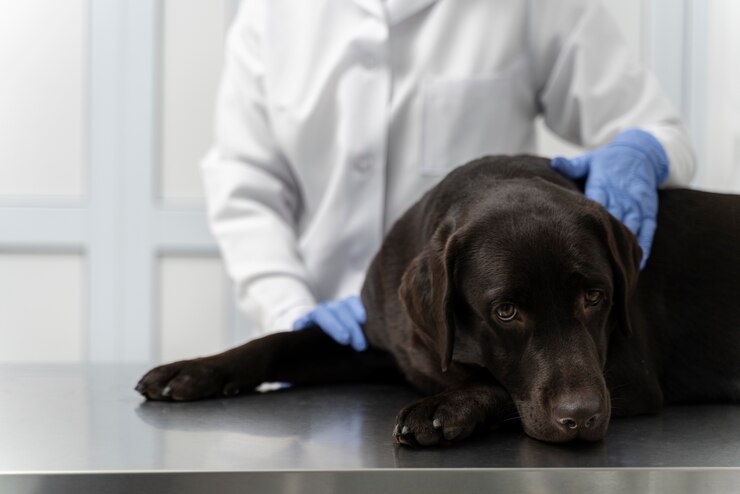
Dogs are cherished friends that are renowned for their lively nature and unwavering devotion. But just like people, dogs can have health problems, and constipation is a typical ailment that they face. It’s critical for responsible pet owners to be aware of the warning symptoms, comprehend the underlying causes, and understand how to treat and avoid constipation in dogs.
What Is Constipation in Dogs?
Constipation in dogs is the inability to easily pass stool due to irregular or difficult bowel motions. Dogs typically urinate once or more times a day, according to their age, diet, and general health. Constipation in dogs results in firm, dry stools that are difficult to pass, which can be uncomfortable and possibly lead to health issues.
Dog constipation causes:
Dog constipation can be caused by a number of things, such as:
- Dietary Problems: Constipation may result from abrupt dietary changes or inadequate fiber consumption. Low-fiber diets might cause firmer, more difficult-to-pass stools.
- Dehydration: Drinking too little water can make the body absorb additional moisture from the feces, which makes it harder to pass and dry.
- Absence of Exercise: Getting regular exercise encourages bowel movements. Dogs that lead sedentary lives may be more prone to constipation.
- Obstructions: Eating non-digestible materials such as hair, bones, or foreign objects can clog the digestive track and cause constipation.
- Underlying Medical Conditions: Disorders such enlarged prostates, anal gland disorders, neurological diseases, or digestive system cancers can cause
Symptoms of Dog Constipation:
Identifying constipation symptoms in dogs is crucial for early intervention. Look out for the following signs:
- Straining: Continuous attempts to defecate with little or no results is a telltale sign of constipation.
- Dry, Hard Stool: Stools that are dry, hard, and smaller than usual indicate constipation.
- Abdominal Discomfort: Your dog may show signs of discomfort, such as restlessness, whining, or a hunched posture due to abdominal pain.
- Loss of Appetite: Constipated dogs might lose their appetite or show a decreased interest in food.
- Vomiting: In severe cases, constipation can lead to vomiting, as the gastrointestinal tract becomes impacted.
Treating Dog Constipation:
If you suspect your dog is constipated, it’s essential to consult a veterinarian for proper diagnosis and treatment. However, some measures can help alleviate constipation:
- Dietary Changes: Adding fiber-rich foods like pumpkin, sweet potatoes, or bran to your dog’s diet can soften stools and facilitate bowel movements.
- Hydration: Ensure your dog has access to fresh water at all times. Increased water intake helps soften stools and promotes bowel movements.
- Exercise: Regular exercise aids digestion and encourages bowel movements. Take your dog for walks or engage in active play sessions.
- Medication: Your vet may prescribe stool softeners or laxatives to help your dog pass stools more comfortably.
- Enemas or Manual Extraction: In severe cases, a veterinarian may need to perform an enema or manually extract the impacted stool under sedation.
Preventing Dog Constipation:
Prevention is key in managing constipation in dogs:
- Balanced Diet: Feed your dog a well-balanced diet with adequate fiber content to promote healthy digestion.
- Hydration: Ensure your dog drinks enough water to maintain proper hydration levels.
- Regular Exercise: Incorporate regular physical activity into your dog’s routine to support gastrointestinal health.
- Monitor Health: Regular veterinary check-ups can help detect and address any underlying health issues that may lead to constipation.
Conclusion
Dog constipation can be uncomfortable and concerning for both pets and owners. By understanding the causes, recognizing symptoms, and taking preventive measures, pet owners can help their dogs maintain healthy digestion and overall well-being. Consulting a veterinarian for proper diagnosis and guidance is essential in managing and preventing constipation in dogs.
Dog
PetSmart Dubuque: A Comprehensive Guide to Caring for Your Furry Friends
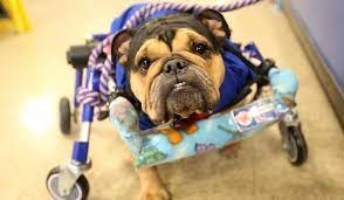
Pet ownership is a big responsibility, but it is also a source of joy, companionship, and unconditional love. If you’re a pet parent in Dubuque, Iowa, PetSmart is your one-stop shop for everything your furry friends need to stay healthy, happy, and comfortable. In this article, we’ll take a closer look at what PetSmart Dubuque has to offer and what you need to know to provide the best care for your pets.
A Wide Range of Pet Supplies and Services
PetSmart Dubuque is a well-stocked pet supply store that offers everything you need to care for your pets. From food and treats to toys and accessories, you’ll find everything your pets need to thrive. Whether you have a dog, cat, bird, fish, reptile, or small animal, PetSmart has you covered.
The store also offers a wide range of services to help keep your pets healthy and happy. For example, you can bring your furry friends to PetSmart for grooming, training, and boarding. PetSmart’s professional grooming services are available for dogs and cats, and the experienced groomers will make sure your pet leaves looking and feeling its best.
Expert Advice from PetSmart’s Pet Experts
PetSmart is staffed by knowledgeable and friendly pet experts who are passionate about helping pet parents provide the best care for their furry friends. Whether you’re looking for advice on selecting the right food, toys, or accessories for your pet, or you need help with a specific problem, PetSmart’s pet experts are there to help.
The store also offers a range of educational resources to help pet parents learn more about pet care. From pet care guides and articles to workshops and events, PetSmart is committed to providing pet parents with the information they need to provide the best care for their pets.
PetSmart’s Community Involvement
PetSmart is more than just a pet supply store; it’s also a community of pet lovers who care about the well-being of pets. The store regularly hosts events and fundraisers to support local animal shelters and pet-related organizations, and PetSmart also partners with organizations such as the ASPCA to help rescue and find homes for pets in need.
PetSmart’s Price Match Guarantee
PetSmart is committed to offering pet parents the best value for their money. That’s why the store offers a price match guarantee. If you find a lower price on a pet product elsewhere, PetSmart will match the price, so you can be sure you’re getting the best deal.
PetSmart’s Rewards Program
PetSmart Rewards is a loyalty program that lets you earn points for shopping at PetSmart. You can use your points to get discounts on future purchases, and you’ll also receive exclusive offers and special discounts. It’s a great way to save money on your pet supplies and get rewarded for shopping at PetSmart.
-

 Exotic1 year ago
Exotic1 year agoChoosing Koi Fish From Petsmart
-

 Dog2 years ago
Dog2 years agoPomeranian Dog Best Bread Information
-

 Turtle2 years ago
Turtle2 years ago8 Best Filters For Turtle Tanks
-

 Turtle2 years ago
Turtle2 years agoPetSmart Crabs – The Right Way to Care For Your Pet Crabs
-

 Exotic10 months ago
Exotic10 months agoBuying a Bearded Dragon For Sale From PetSmart? Read This First
-

 CAT1 year ago
CAT1 year agoBuying a Whisker City Water Fountain
-
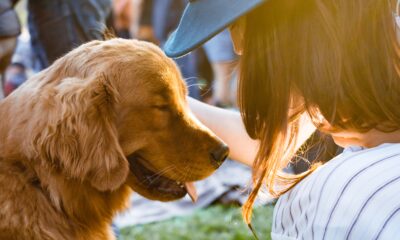
 Login10 months ago
Login10 months agoanimal shelters near me
-

 Dog2 years ago
Dog2 years agoLarge Münsterländer And Its Breed In 2022
